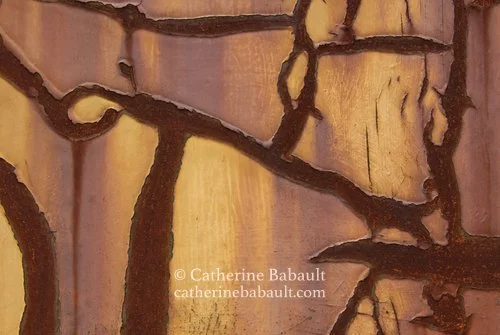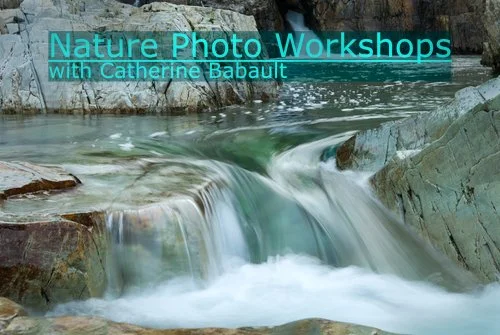Hello Yellow - Abstract image
Travelling is part of my life so, after more than two years on Vancouver Island, it was time to get out.
I always plan my adventures carefully: places to visit, subjects to photograph, routes, etc., which is why I travelled to Astoria, Oregon. I wanted to photograph an old rusty wagon, abandoned boats and buildings marked by the passage of time. My preparation and the time spent on site for this project gave results beyond my expectations. You can order prints here.
As I often mention during my workshops, it is important to take your time in the field: find your subject, think about your composition, adjust your camera properly according to the expected results (framing, depth of field, shutter speed, etc.) You will achieve better results than taking lots of photos hoping that one will be good enough and then trying to correct its flaws in post-processing.
This spring, reconnect with nature and sign up for a photo adventure for yourself or with a loved one, on Vancouver Island, British Columbia! Spring is an ideal time to travel: it’s an amazing palette of colours, the snow melt swells streams to form beautiful cascades, and animals are busy caring for their offsprings: very photogenic subjects. I invite you to register for my workshop from May 27 to 29, places are limited to 5 people.
















































